Why Tolerances Matter More Than Ever
Let’s face it—customers aren’t getting any more forgiving. A single warped rib or a flash line that catches a fingernail can send a five-star review into free-fall. That’s why precision injection molding solutions have shifted from “nice-to-have” to mission-critical. Tolerances once measured in tenths of a millimeter now sit in microns, and the only way to hit them repeatedly is to treat the process less like art and more like aerospace.
From Steel to Software: The New Precision Stack
Old-school toolmakers will tell you that a flawless cavity is the heart of precision. They’re half right. Today’s stack starts with certified tool steel, but it’s quickly followed by cavity pressure sensors, valve-gate controllers, and cloud-based SPC dashboards that scream at you the second a trend drifts. When all these layers talk to each other, you get part-to-part repeatability that would make a Swiss watchmaker jealous.
1. Metrology-Grade Tool Design
Start with steel that’s pre-hardened to 48–52 HRC and then cut with five-axis CNC to ±0.005 mm. Add conformal cooling channels printed in copper alloy so the mold “breathes” heat out in 12 s instead of 25 s. You just doubled cavitation without touching the press size—boom, instant cost per part drops.
2. Real-Time Process Feedback
Mounting piezoelectric sensors behind ejector pins gives a direct shot of melt pressure every 2 ms. Feed that data into an AI model trained on 2 million cycles and it predicts if a cavity will flash three shots before it happens. Think of it as a weather forecast for your mold.
3. Adaptive Holding Pressure
Instead of a dumb second-stage pack, servomotor valve gates open and close individually. If sensor #4 sees a 0.3 % drop in PVT specific volume, the gate throttles for 0.2 s to cram in 0.05 g more resin. Net result: sink marks disappear without over-packing the rest of the part.
Can Precision Really Be Cost-Effective?
Short answer: yep, if you stop looking at the mold price tag and start looking at total landed cost. A $120 k high-cavitation tool with 25 % cycle-time reduction will save $0.018 per shot on a 0.7 g micro-gear. Run eight million shots a year and you’ve paid off the tool twice. Oh, and scrap drops from 2.3 % to 0.4 %, which keeps your customer’s dock happy and your ERP system from panic-ordering resin at midnight.
Case Study: 0.2 mm Wall Connector
A tier-one automotive supplier needed a 32-cavity mold for a 0.2 mm wall connector. Traditional approaches failed because core-shift cracked the thin section. By using precision injection molding solutions that combined sequential valve gating with core-pull force sensors, we held true position within ±0.01 mm and slashed cycle time from 28 s to 19 s. Annual savings? $640 k in resin and electricity alone, not counting the avoided warranty claims from field failures.
Quick Checklist: Is Your Supplier Really “Precision”?
- Do they quote Cp and Cpk on every dimension—not just critical ones?
- Can they show you a live dashboard with sensor traces from the last 50 shots?
- Do they run a scientific molding DOE before PPAP, or is it “set it and forget it”?
- Is the mold base equipped with RFID tags for maintenance tracking, or are techs still scribbling on clipboards?
If you get three “no’s,” keep walking. Precision isn’t just a glossy brochure; it’s a data trail you can audit.
Future-Proofing with Microcellular Foam
Here’s the curveball: you can go even lighter without losing strength. Introducing MuCell nitrogen foam into the melt drops part weight 8–12 %, yet dimensional repeatability stays within ±0.02 mm because the cell structure is uniform. Pair that with precision injection molding solutions and you’ve got a green light for EV battery enclosures that must be both airtight and feather-light.
The Human Factor—Don’t Ignore It
All the sensors in the world won’t save you if the night-shift tech turns off alarms because “it was beeping too much.” Build a culture where data is sacred, but still let operators add notes like “sneeze guard fogged up camera” so the AI knows why the trace spiked. Blend tech and transparency and you’ll get buy-in instead of sabotage.
Key Takeaway
Precision injection molding solutions aren’t a single gadget—they’re a stack of steel, sensors, software, and skill. Nail the integration and you’ll ship zero-defect parts at a lower cost than your “cheap” competitor who still measures flash with a fingernail.
continue reading
Related Posts
Ever Wondered How Tiny Medical Screws Hit 0.01 mm Tolerance?
Breaking Down the Basics: What Is Precision Plastic Molding? When
Why the “Best Material for Injection Molding” Question Never Gets
